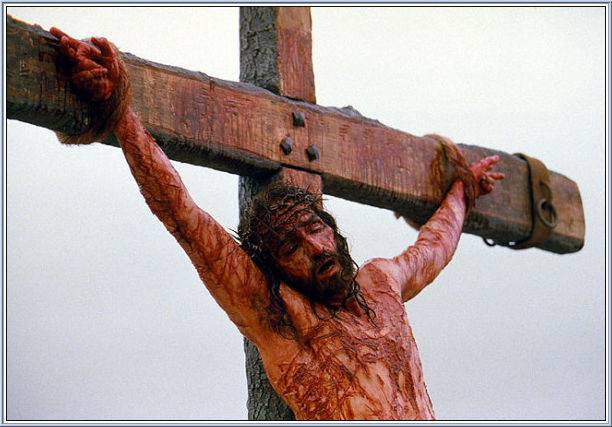Find out what the Bible reveals about the Crucifixion

Jesus Christ, the central figure of Christianity, died on a Roman cross as reported in Matthew 27: 32-56, Mark 15: 21-38, Luke 23: 26-49 and John 19: 16-37. The crucifixion of Jesus in the Bible is one of the highlights of human history. Christian theology teaches that the death of Christ provided the perfect atoning sacrifice for the sins of all humanity.
Question for reflection
When the religious leaders came to the decision to put Jesus Christ to death, they would not even consider that he could have told the truth, which was, indeed, their Messiah. When the high priests sentenced Jesus to death by refusing to believe him, they sealed their fate. Did you also refuse to believe what Jesus said about himself? Your decision on Jesus could also seal your destiny, for eternity.
The story of the crucifixion of Jesus in the Bible
The high priests and Jewish elders of the Sanhedrin accused Jesus of blasphemy, leading to the decision to put him to death. But first they needed Rome to approve their death sentence, then Jesus was taken to Pontius Pilate, the Roman governor in Judea. Although Pilate found him innocent, unable to find or even invent a reason to condemn Jesus, he feared the crowds, letting them decide the fate of Jesus. Mixed by the Jewish chief priests, the crowd declared: "Crucify him!"
As was common, Jesus was publicly scourged, or beaten, with a whip with a leather belt before his crucifixion. Small pieces of iron and bone scales were tied to the ends of each leather thong, causing deep cuts and painful bruises. He was mocked, hit in the head with a stick and spat. A thorny crown of thorns was placed on his head and was stripped naked. Too weak to carry his cross, Simon of Cyrene was forced to carry it for himself.
He was taken to Golgotha where he was to be crucified. As was the custom, before they nailed him to the cross, a mixture of vinegar, gall and myrrh was offered. This drink was said to alleviate suffering, but Jesus refused to drink it. The pole-like nails were tucked into the wrists and ankles, fixing it to the cross where he was crucified between two convicted criminals.
The inscription above his head provocatively read: "The king of the Jews". Jesus hung on the cross for his last anguished breaths, a period that lasted about six hours. During that time, soldiers threw a sack for Jesus' clothing as people passed screaming insults and mocking. From the cross, Jesus spoke to his mother Mary and the disciple John. He also shouted to his father, "My God, my God, why did you abandon me?"
At that point, darkness covered the earth. Shortly afterwards, when Jesus renounced his spirit, an earthquake shook the ground, tearing the veil of the Temple in two from top to bottom. Matthew's Gospel records: “The earth shook and the rocks split. The tombs opened and the bodies of many saints who had died were revived. "
It was typical for Roman soldiers to show mercy by breaking the criminal's legs, making death come faster. But tonight only the thieves had broken legs, because when the soldiers came to Jesus, they found him already dead. Instead, they pierced his side. Before sunset, Jesus was shot down by Nicodemus and Joseph of Arimathea and placed in Joseph's tomb according to Jewish tradition.
Points of interest from history
Although both Roman and Jewish leaders may have been implicated in the condemnation and death of Jesus Christ, he himself said of his life: “Nobody takes it away from me, but I lay it alone. I have the authority to put it down and the authority to take it back. This command I received from my Father. "(John 10:18 NIV).
The curtain or the veil of the Temple separated the Saint of Saints (inhabited by the presence of God) from the rest of the Temple. Only the high priest could enter there once a year, with the sacrificial offering for the sins of all the people. When Christ died and the curtain was torn from top to bottom, this symbolized the destruction of the barrier between God and man. The way was opened through the sacrifice of Christ on the cross. His death provided the complete sacrifice for sin so that now all people, through Christ, can approach the throne of grace.